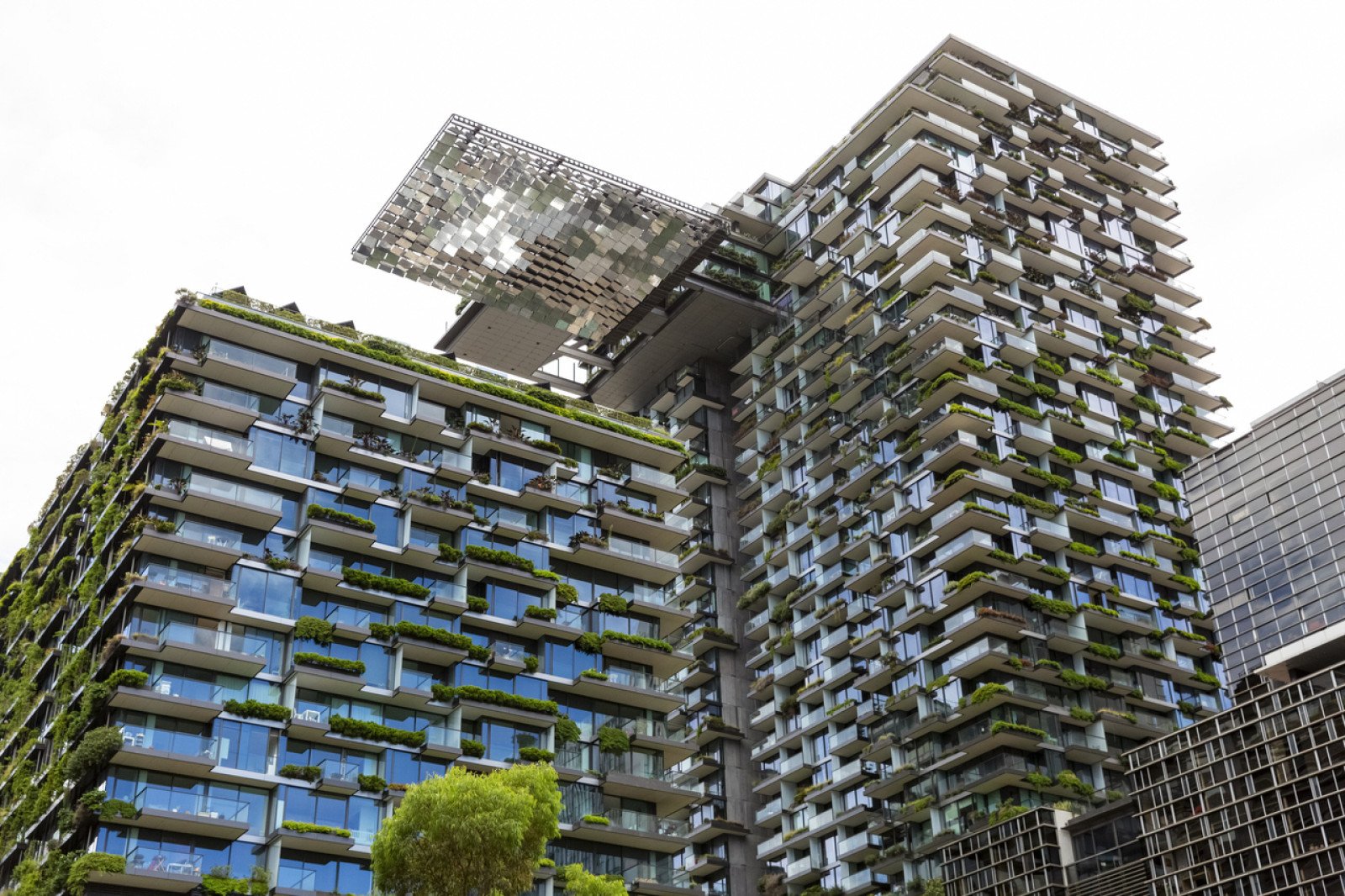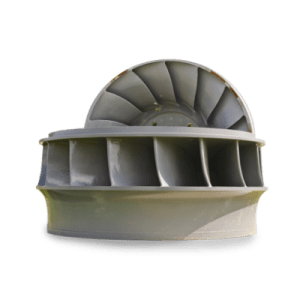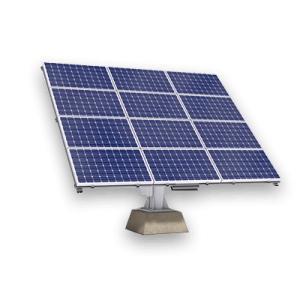What are green buildings?
Work together to create a class slideshow about green buildings.

Overview
What’s the difference between energy efficiency and energy conservation? How do energy-efficient buildings help climate change? Brainstorm terms and technologies that relate to green buildings, choose one to learn about and create a slide to add to a class slideshow.
Instructions
What you'll need
- “Green buildings” worksheet
- “Green buildings" reflection worksheet
- “Green buildings" glossary
Before the class, create a “What are green buildings?” slideshow template for students to add their slides to.
Green buildings terms and technologies
- Ask students to discuss with a partner: What’s the difference between energy efficiency and energy conservation? How do they help in the fight against climate change?
- Energy-efficient buildings reduce the amount of energy needed for things like heating, lighting, cooking, etc.
- Energy conservation refers to human behaviours and actions that use less energy such as turning off lights, turning off computers and turning down the heat.
- The less energy we use, the fewer greenhouse gas emissions there are and the less impact there is on the environment. This is better for our climate and part of a sustainable energy future.
- Write the words “green buildings” on the board.
- Brainstorm words or terms that come to mind when you talk about “green buildings” and write them on the board.
- Green buildings use energy, water and materials in a way that minimizes impact on the environment.
- Give students a digital or print copy of the “Green buildings” worksheet and review the task.
- Decide whether students work on their own or in pairs.
- Assign or let students choose a technology or term related to green buildings from the worksheet.
- Using the checklist, students research their term or technology and create a slide.
Create a slideshow
- Provide time for students to research and create their slides.
- Make sure students use credible, up-to-date and unbiased sources.
- Have students record their sources on a second slide.
- Students add their slide to the slideshow.
- Review the slideshow as a class. Students present their own slides and other students take notes and/or ask questions.
- Have students complete the “Green buildings" reflection worksheet and hand it in.
Modify or extend this activity
Extension
- Write a short exit slip or opinion piece about why energy-efficient buildings are important for a sustainable future.
- Learn about an energy-efficient building in your community or school district.
Curriculum Fit
Core competencies
Communication
- Communicating
Thinking
- Critical thinking
Personal and social
- Social awareness and responsibility
Science 10, 11, 12
Big ideas
- Energy is conserved and its transformation can affect living things and the environment. (Science 10)
- Scientific understanding enables humans to respond and adapt to changes locally and globally. (Science for Citizens 11)
- Living sustainably supports the well-being of self, community and Earth. (Environmental Science 12)
Content
- Impacts of energy transformations from technologies (Science 10)
- Actions and decisions affecting the environment (Science for Citizens 11)
- Beneficial scientific innovations (Science for Citizens 11)
- Mitigation and adaptations (Environmental Science 12)
- Personal choices and sustainable living (Environmental Science 12)
Curricular competencies
Questioning and predicting
- Demonstrate a sustained intellectual curiosity about a scientific topic or problem of personal, local or global interest
Planning and conducting
- Collaboratively and individually plan, select and use appropriate investigation methods to collect reliable data
Processing and analyzing data and information
- Analyze cause-and-effect relationships
Evaluating
- Demonstrate an awareness of assumptions, question information given and identify bias in their own work and in primary and secondary sources
- Consider environmental implications of the findings
Applying and innovating
- Contribute to finding solutions to problems at a local and/or global level
Communicating
- Communicate scientific ideas, information and suggested course of action for a specific purpose and audience
Assessments
- Assess students’ ability to analyze information and synthesize it to create a slide.
- Assess students’ understanding of how their chosen term or technology reduces the demand for energy in buildings.
- Assess students’ ability to communicate information with a visually appealing slide.
Teaching Notes
A “Green buildings" glossary is provided as reference with sources listed for further research.
Build energy-efficient homes on BC Hydro and the BC Energy Step Code have more information about terms and technologies related to green buildings.
The First Nations Home EnergySave program’s Understanding Building Systems slideshow provides good background information.
Read our blog post about how schools in B.C. are going green.








